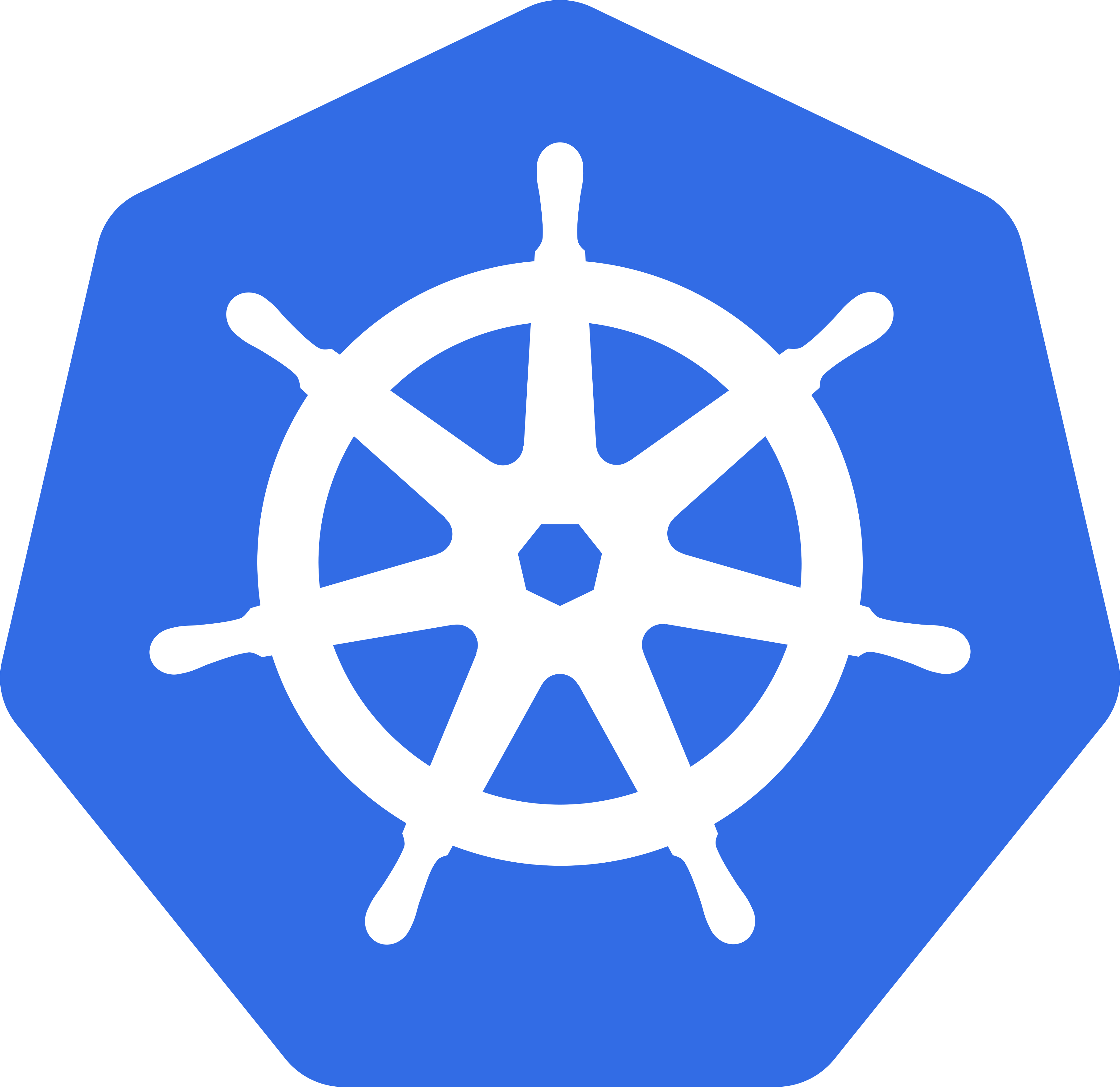
Docker for Local Development
Presentation by Jason Rundell
Authored Feb 2023
Built with reveal.js
Introduction
Docker is an open-source platform for automating the deployment, scaling, and management of applications.
In recent years, Docker has gained popularity in the development community for its ability to simplify local development environments.
What is Docker?
Docker is a containerization platform that allows developers to package an application and its dependencies into a single unit, called a container.
Containers are isolated from the host system and can run on any environment that has Docker installed, making it easier to move applications between different systems.
Benefits of using Docker for Local Development
Consistent Development Environments
Docker allows developers to create a consistent and predictable environment for their applications, eliminating the "it works on my machine" problem.
This consistency makes it easier to collaborate with other developers and reduces the time spent resolving environment-related issues.
Easy Configuration and Deployment
Docker provides an easy way to configure and deploy applications, making it easier to manage dependencies and configurations.
Dockerfiles allow developers to automate the process of building images, which can be used to deploy the same environment on multiple systems.
Improved Resource Management
Docker containers are isolated from the host system, which means that applications running inside containers can't interfere with each other.
This makes it easier to manage system resources, reducing the risk of performance issues and improving stability.
Reduced Overhead
Docker containers are lightweight and don't require a full virtual machine, making it faster and more efficient than traditional virtualization methods.
Docker is a gateway

Kubernetes
Kubernetes is an open-source platform for automating the deployment, scaling, and management of containerized applications. It works well with Docker and can be used to manage large-scale deployments across multiple systems.
Serverless Computing
Serverless computing is a cloud-based model in which the cloud provider manages the infrastructure, allowing developers to focus on writing code. Serverless computing can be used to build and deploy applications quickly and cost-effectively.
Infrastructure as Code (IAC)
Infrastructure as code (IAC) is a method of managing infrastructure through code, rather than manual configuration. This can be done using tools such as Terraform, which allows teams to automate the deployment and management of their infrastructure.
Continuous Integration/Continuous Deployment (CI/CD)
CI/CD is a software development practice in which code changes are automatically built, tested, and deployed to production. This allows teams to deliver new features and bug fixes faster and with greater confidence.
Microservices Architecture
Microservices architecture is a method of building applications as a collection of small, independent services, rather than a single, monolithic application. This can be used to improve scalability, maintainability, and resilience.
Best practices for teams using Docker
Use Official Images
The best way to get started with Docker is to use official images from Docker Hub. These images are maintained by the PHP community and are guaranteed to work with your application.
Keep Containers Small
It's a good practice to keep your containers as small as possible. This makes it easier to manage your containers, reduces the risk of security vulnerabilities, and makes it easier to share your images with others.
Use Environment Variables for Configuration
Avoid hardcoding configuration values in your Dockerfiles. Instead, use environment variables to store configuration values, which makes it easier to manage different environments.
Keep Your Dockerfiles Complexity Low
Dockerfiles are the blueprint for your containers, and it's important to keep them as simple as possible. Avoid using complex shell scripts, and instead focus on using Docker's built-in commands to create a clean and easy-to-follow image.
Use Docker Compose for Multi-Container Applications
If your application requires multiple containers to run, use Docker Compose to manage the containers. Docker Compose makes it easy to define and manage multi-container applications, reducing the risk of configuration issues.
Conclusion
Docker is a powerful tool for local development, offering a range of benefits including consistent development environments, easy configuration and deployment, improved resource management, and reduced overhead.
With its growing popularity, Docker is rapidly becoming an essential tool for developers looking to streamline their workflow and improve the quality of their code.